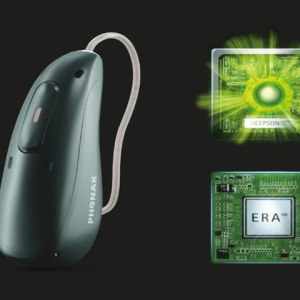
Intel have unveiled a 5G programmable acceleration card at this years Mobile World Congress in Barcelona.
The Intel® FPGA Programmable Acceleration Card N3000 (Intel® FPGA PAC N3000) has been built with 5G services providers in mind and enables capabilities for 5G networks as well as virtualised radio access networks.
As 5G applications and services loom ever closer the need for low latency hardware to meet the needs of service providers is always present. Cisco’s visual networking index predicts that global internet protocol traffic over the next five years will increase threefold. This coupled with an increased usage of IoT devices and a greater uptake of edge computing by organisations necessitates the introduction of 5G specific hardware.
The Intel FPGA PAC N3000 card lets mobile service providers accelerate network traffic by up to 100 Gbps, while supporting 144 MB QDR IVC memory within high performance applications.
Intel 5G Hardware and Affirmed Networks
Ron Parker chief architect at Affirmed Networks commented in a release about their work with the Intel’s new 5G card: “5G is a transformative technology, and it requires advanced network virtualization infrastructure coupled with an agile software architecture.”
“Working with an Intel FPGA PAC N3000, we have developed a cloud-native, containerized solution for the 5G core and EPC – the first true 100G/CPU socket solution. The FPGA acceleration allows us to process this traffic load with 50 percent less CPU utilization, providing significant room for growth.”
The FPGA PAC N3000 card contains 1.1 million logic elements, alongside two XL710 network adapters for packet processing.
Intel has stated that the FPGA PAC N3000 card should be available in 2019’s third quarter.
At this year’s Mobile World Congress Intel also teased their latest system-on-a-chip (SoC) currently in design, dubbed the Hewitt Lake. The SoC is part of Intel’s Xeon D 64-bit multicore microserver range, a 14-nanometer range the company launched in 2015.
While the company has not provided much details about the Hewitt Lake it is expected to be configured towards edge computing as Intel claims it provides grerasters power and space advantages over its previous models. Two things that essential for edge computing hardware.






